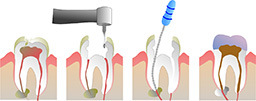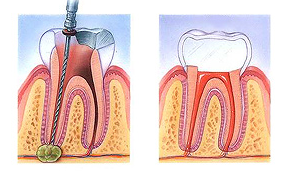Leading Emergency Dentistry in Sparks, NV
Dental emergencies happen at random and can affect your ability to carry out your daily routine. At Brunelli Dental Partners, we understand that emergencies are uncontrollable, which is why we offer same day emergency appointments. Our dental team works around busy schedules just like yours, so that you can receive the dental care you need. We also offer easy payment options in order to expedite your emergency dental care.
A dental emergency service can include any of the following:
- Fractured or broken tooth
- Severe toothache
- Broken filling
- Unexplained tooth loss
- Painful, bleeding, or swollen gums
Do not hesitate to call our dental office if you are experiencing a dental emergency. We are dedicated to providing thorough and immediate care so that you can get back on track.
Most dental emergencies can’t wait – get a same day appointment and get out of pain!


